 Nigeria, naturally endowed with various resources, has the potential to rank among the world’s top emerging economies. Unfortunately, the nation has not fully capitalized on the economic prosperity expected from such wealth. Global economic indices from reputable international organizations consistently categorize it as an underperforming economy. For instance, in 2005, the UNDP Human Development Index placed the country 164th among 197 nations for low per capita income and 141st for low quality of life. Research using the ARDL approach indicates that with proper management, Nigeria’s nonoil exports could significantly reduce poverty, transform rural areas, create jobs, ensure food security and improve the nutritional health of its people, similar to the oil sector.
Nigeria, naturally endowed with various resources, has the potential to rank among the world’s top emerging economies. Unfortunately, the nation has not fully capitalized on the economic prosperity expected from such wealth. Global economic indices from reputable international organizations consistently categorize it as an underperforming economy. For instance, in 2005, the UNDP Human Development Index placed the country 164th among 197 nations for low per capita income and 141st for low quality of life. Research using the ARDL approach indicates that with proper management, Nigeria’s nonoil exports could significantly reduce poverty, transform rural areas, create jobs, ensure food security and improve the nutritional health of its people, similar to the oil sector.
Growth Through Nonoil Exports
Nigeria’s recent surge in nonoil exports represents a vital boost for the national economy and a significant step toward poverty alleviation. By expanding nonoil exports, Nigeria is creating new job opportunities, encouraging local industry growth and reducing its dependence on oil, often subjecting it to volatile global oil prices. This economic diversification strengthens the country’s resilience against economic shocks. It helps lift many Nigerians out of poverty by providing more consistent income sources in agriculture, manufacturing and other nonoil sectors.
In 2023, Nigeria’s nonoil export sector surged, achieving a total export value of $4.52 billion from 6.685 million metric tonnes of products. This 28.04% increase from the previous year underscores Nigeria’s focused efforts to reduce its reliance on oil and diversify its economy. The Nigerian Export Promotion Council (NEPC) celebrated this achievement at a recognition dinner in Lagos, attended by major stakeholders in the nonoil sector.
International Trade Agreements
Nonye Ayeni, the Executive Director/CEO of the Nigerian Export Promotion Council (NEPC), recently highlighted the success of Nigeria’s nonoil exports in 2023, which showcased the country’s capacity to diversify its economy. Nigeria exported more than 273 unique products, including urea, cocoa beans, sesame seeds, soybeans, gold ore, cashew nuts, aluminum ingots and hibiscus flowers, to various global markets, significantly bolstering its foreign exchange inflows and supporting the naira’s stability. This growth in Nigeria’s nonoil export sector marks a promising shift, underscoring the potential to generate sustainable revenue beyond oil.
Further reinforcing this strategic focus, Dr. Doris Uzoka-Anite, Minister of Industry, Trade and Investment, discussed Nigeria’s recent trade agreements with nations such as the United Kingdom, the United States, China and India. These agreements aim to remove trade barriers and open international markets, supporting the growth of Nigeria’s nonoil exports. The government has also bolstered this sector by improving exporters’ access to financing through partnerships with the Bank of Industry (BOI) and Nexim Bank, offering single-digit interest rates to support their expansion. This comprehensive approach demonstrates Nigeria’s commitment to fostering an economically resilient nonoil sector, pivotal for stabilizing the country’s long-term economic growth trajectory.
The “Double Our Nonoil Export, DONE” Initiative
The Nigerian Export Promotion Council (NEPC) has launched the “Double Our Nonoil Export, DONE” initiative, which aims to bolster Nigeria’s nonoil export sector. Nonye Ayeni, the Executive Director/CEO of NEPC, highlighted that this initiative aligns with the country’s economic revitalization strategy, focusing on key objectives such as job creation, poverty alleviation and sustainable economic growth. The plan includes prioritizing 20 key products, supporting 10 leading exporters for each product and identifying five international markets for expansion.
The Export Support Officers (ESO) program, a significant aspect of this initiative, assigns dedicated officers to help major exporters overcome operational challenges. This program is expected to streamline business processes, further enabling Nigerian exporters to strengthen their presence in international markets. Through these ongoing efforts, Nigeria’s nonoil export sector is positioned for growth, enhancing the country’s economic stability and resilience, which in turn enhances living standards and economic stability for communities, ultimately contributing to poverty reduction.
Government Support for Export Manufacturing
At the event, Uzoka-Anite commended the achievements of the top 30 companies involved in export manufacturing, emphasizing that the government would continue to encourage industrialization and processing of raw materials for export. Such strategies, she argued, increase revenue and create employment opportunities. The government also introduced tax credits, reduced tariffs and other incentives to ensure the continued growth of the nonoil sector. “We want to enhance our industrialization efforts and support businesses by offering access to financing, market entry support and operational resources,” Uzoka-Anite explained.
The NEPC’s latest achievements in nonoil trade reflect Nigeria’s ability to become a competitive player in global markets. The efforts to prioritize value-added sectors indicate a clear direction in Nigeria’s economic transformation strategy, which aligns with the country’s broader industrial and trade goals.
Nigeria’s Path to a More Diversified Economy
Nigeria’s Path to a More Diversified Economy The nonoil sector has been a focal point in government policy, as the country aims to reduce its vulnerability to the fluctuations of oil prices on the global market. By boosting sectors such as agriculture and manufacturing, Nigeria is establishing a more sustainable path for long-term economic growth. The NEPC’s investment in quality standards and enhanced market access for Nigerian goods reflects the agency’s commitment to enhancing the global competitiveness of the country’s nonoil exports.
The recent success in nonoil exports, as recognized by the nation, is that Nigeria is on the right track. Ayeni expressed her optimism about the future of the sector, commending the resilience of Nigerian exporters and the critical role they play in diversifying the economy. As Nigeria continues to attract foreign investment and prioritize nonoil products, the country’s economic landscape is poised for substantial growth in the coming years.
Building on Progress
Nigeria’s nonoil export growth has set a new precedent for economic diversification in the country. With initiatives like the DONE program, partnerships with financial institutions and government support for exporters, Nigeria is laying the foundation for a rich and diversified economy. As Ayeni and Uzoka-Anite emphasized, the government and the NEPC are committed to creating an environment conducive to export growth, marking a promising future for Nigeria’s nonoil sector.
– Alaya Laila
Alaya is based in Abuja, Nigeria and focuses on Business and New Markets for The Borgen Project.
Photo: Flickr
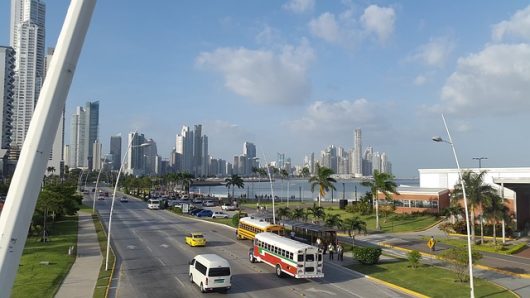


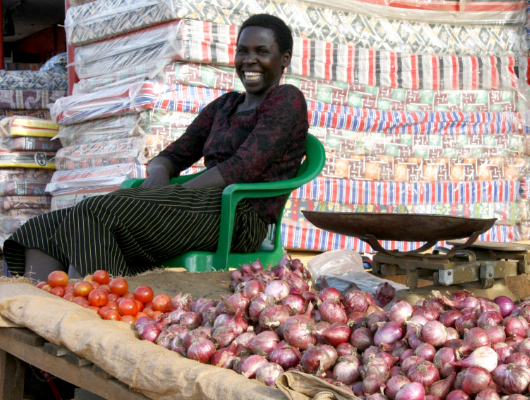
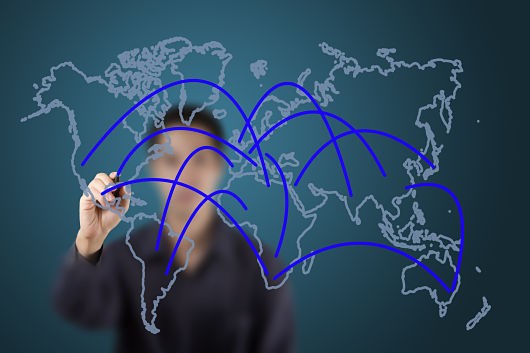

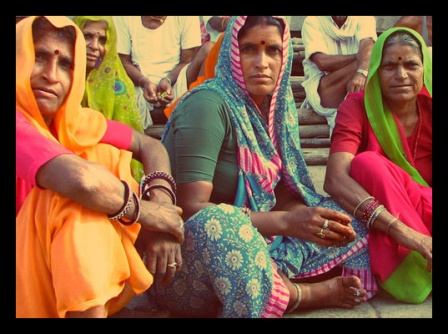
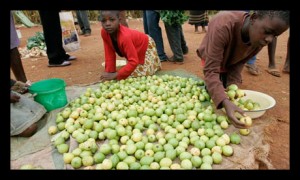 In 2005, the World Trade Organization (WTO) launched its
In 2005, the World Trade Organization (WTO) launched its 